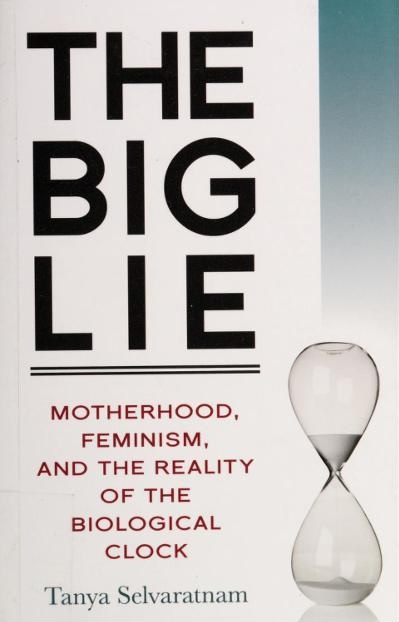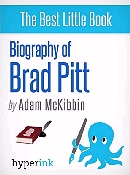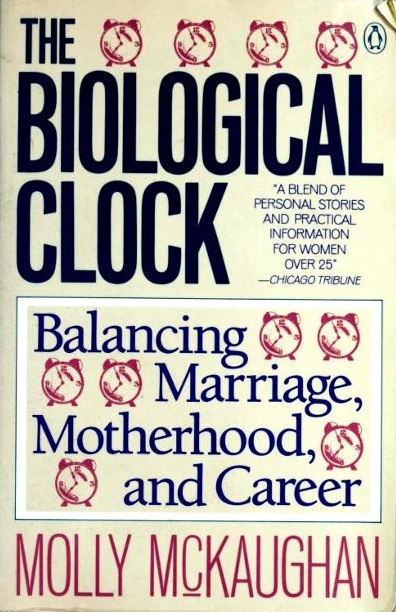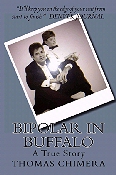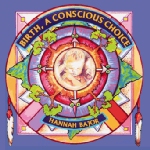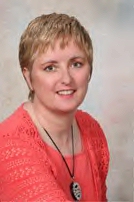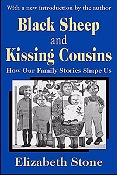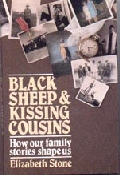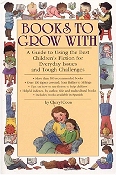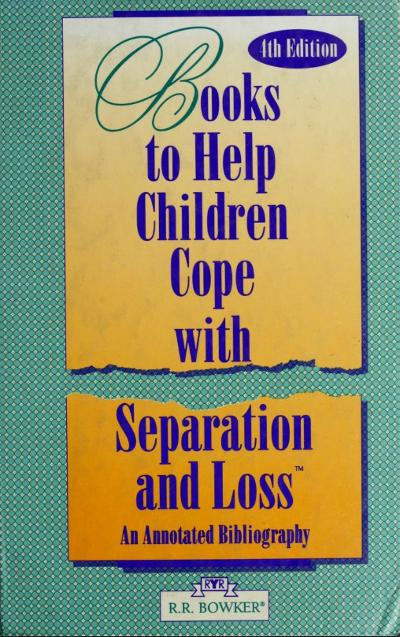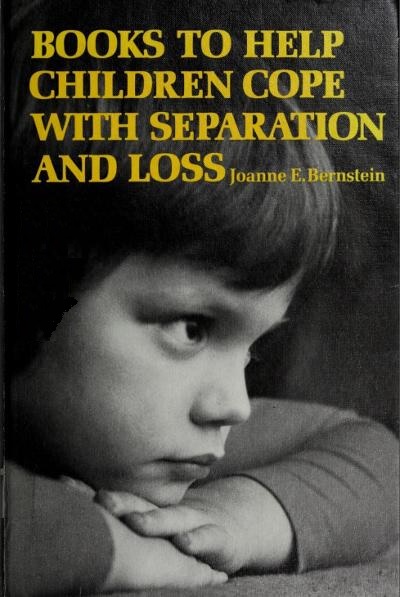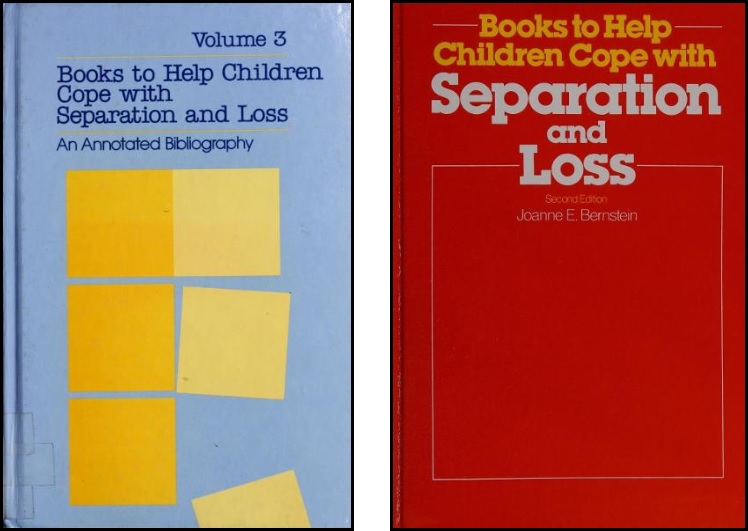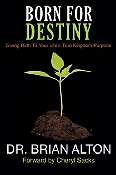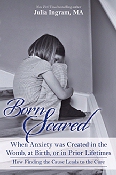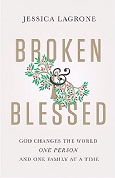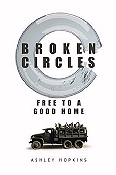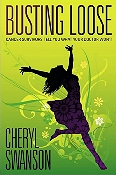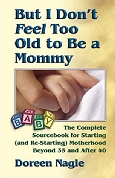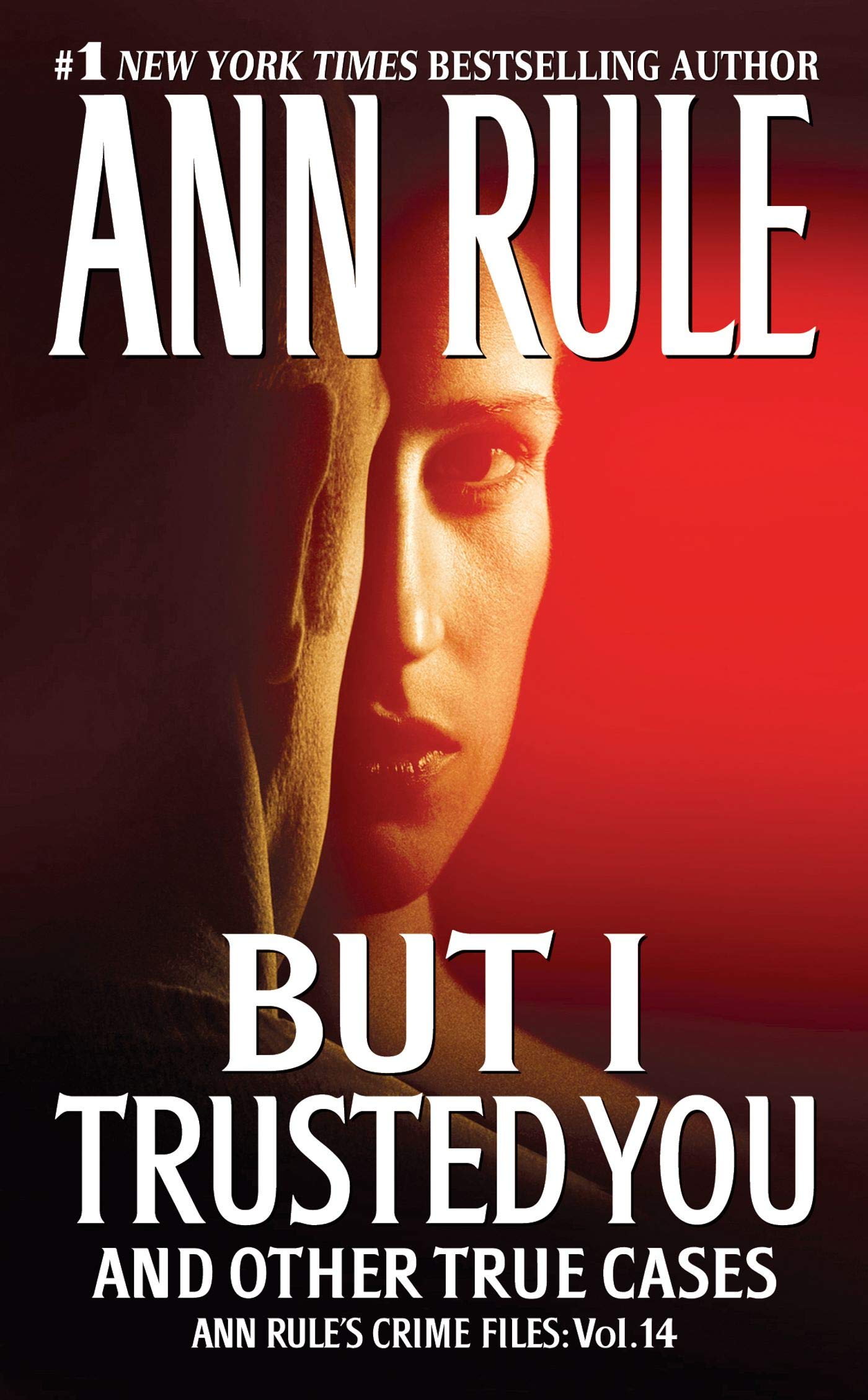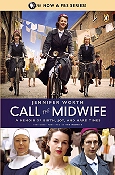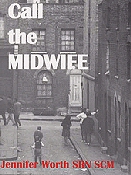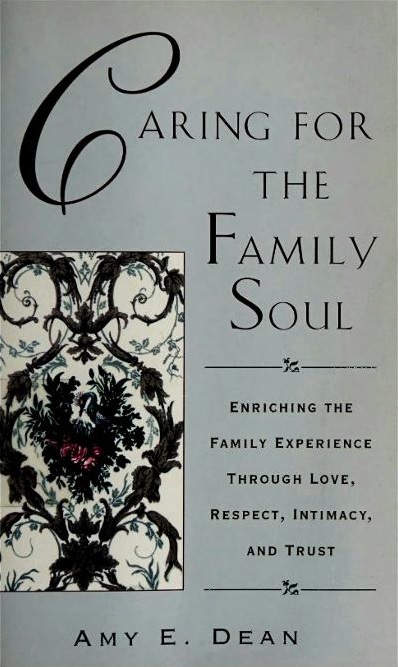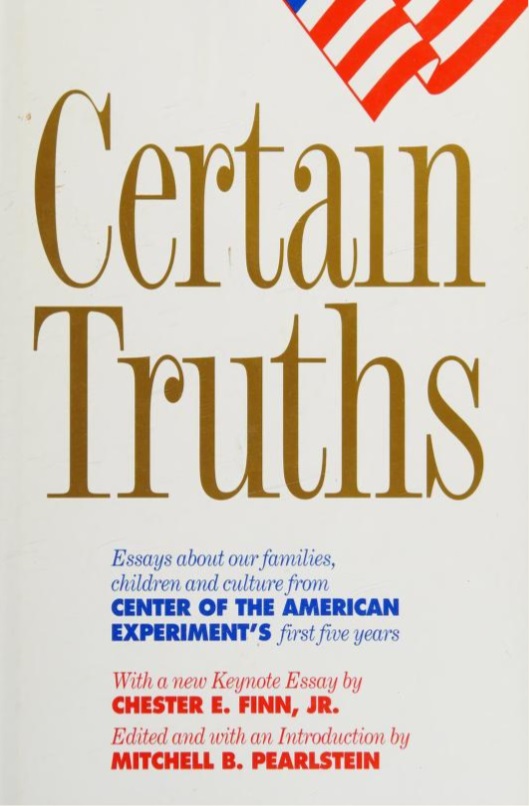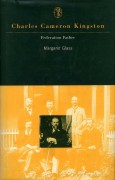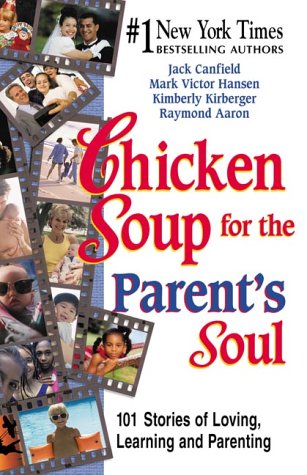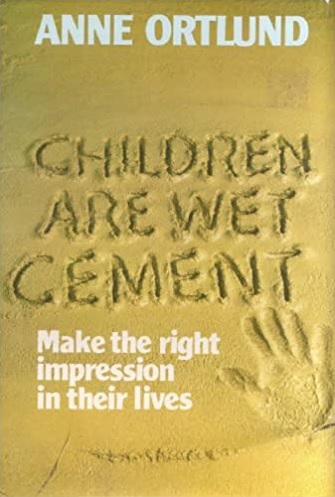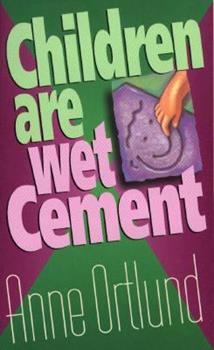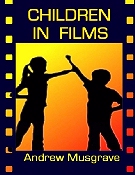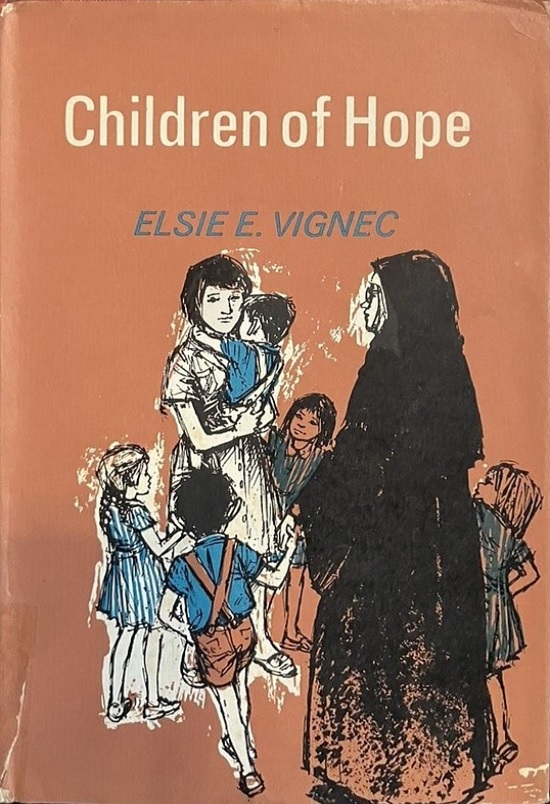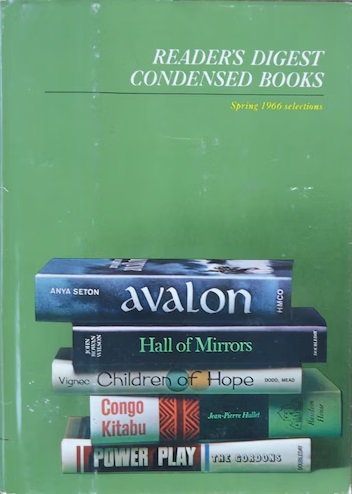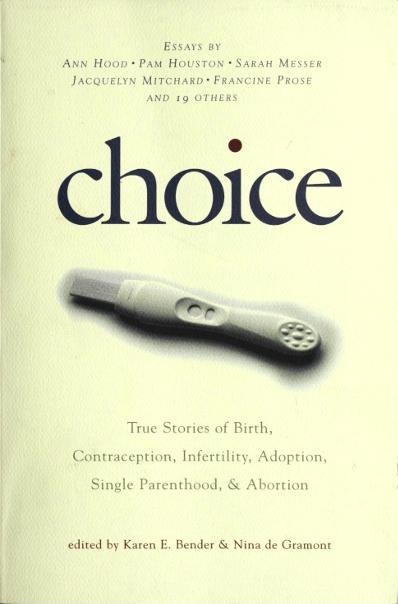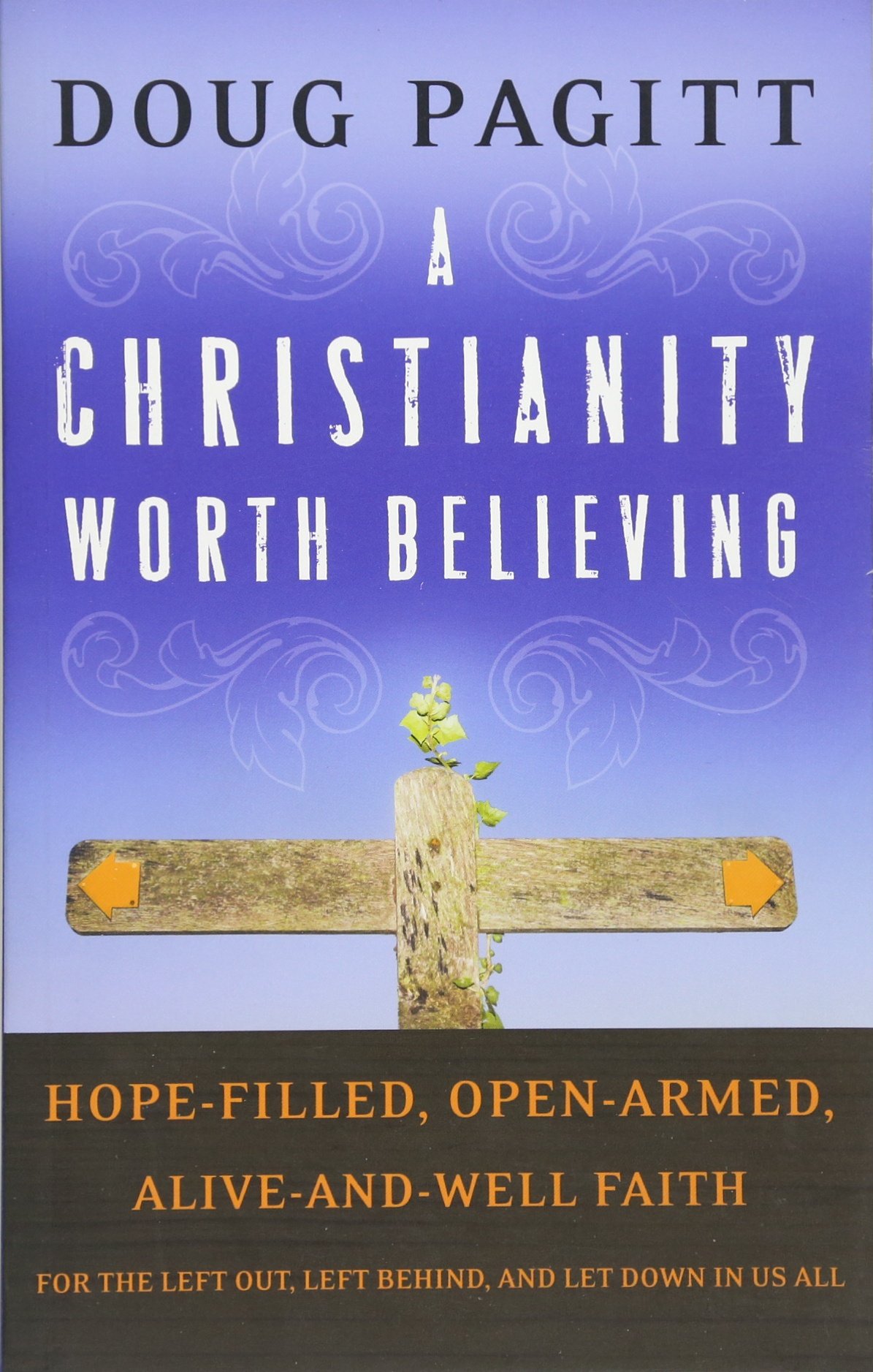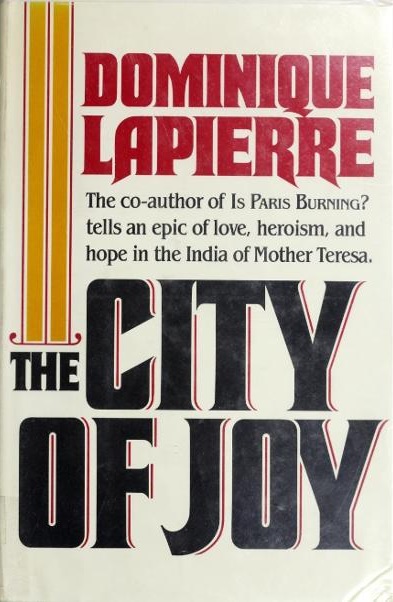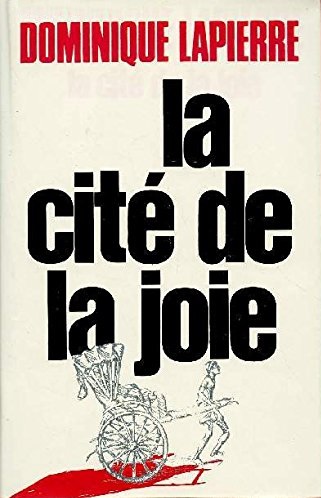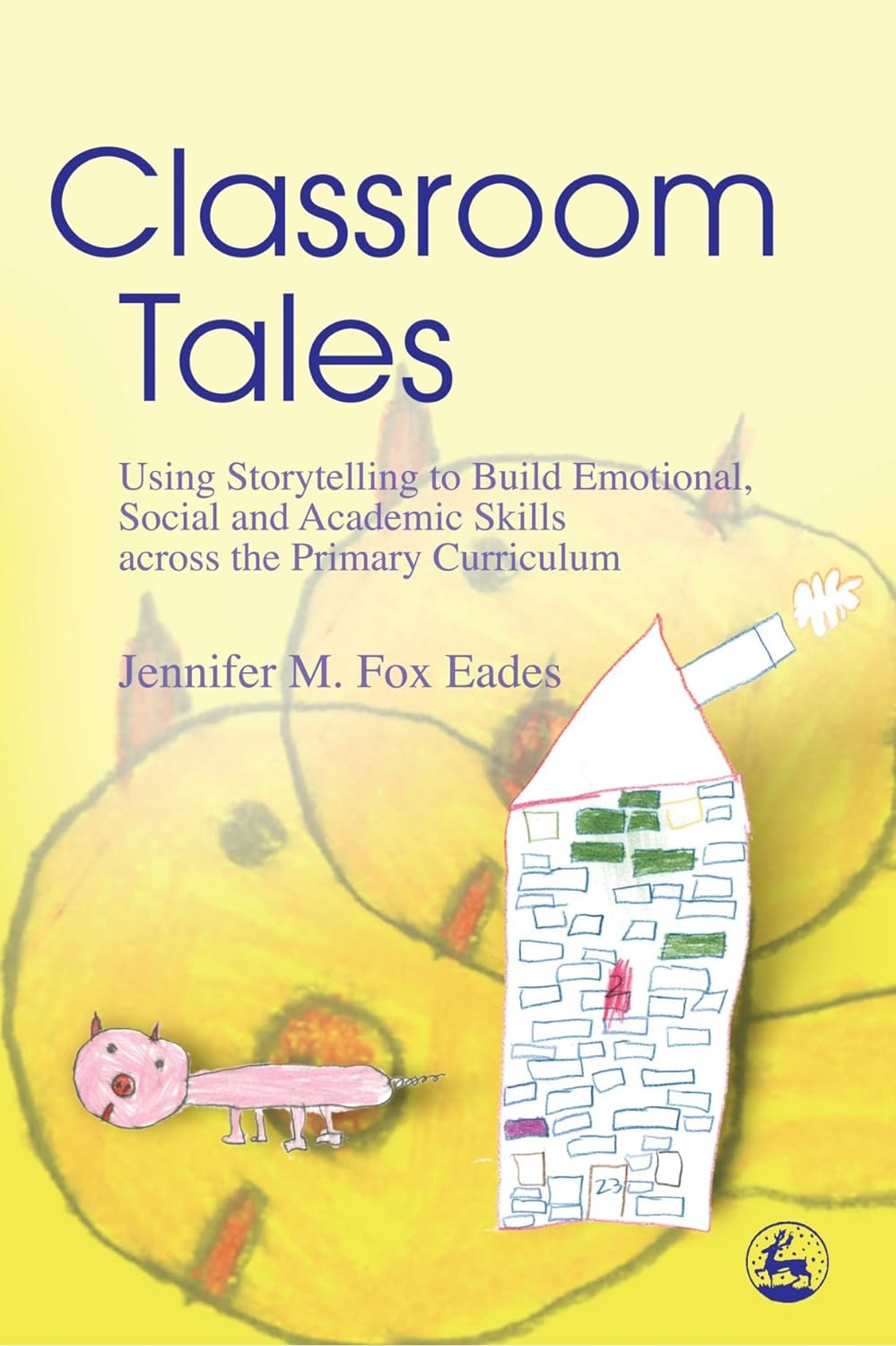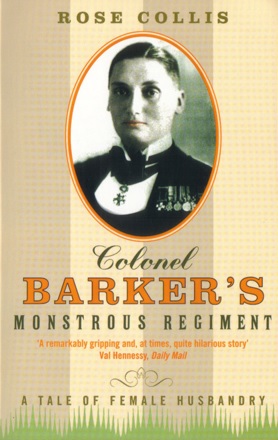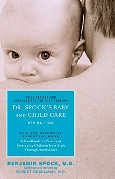From the Back Cover:
“What if we could glance through the curtains to see our neighbors? What if we could not just see their actions, but hear their thoughts and know their histories?”
With these questions in mind, this moving collection of twenty-four personal essays—from both emerging talents and established authors—illuminates the complexity of women’s reproductive decisions.
In addressing a wide range of choices—from giving up a child for adoption to adopting a child, from having an abortion to bringing a pregnancy to full term, from using birth control or battling infertility to choosing not to have children at all—these brave women invite us into their lives, emotions, and physical struggles with searing honesty, grace, and humor.
Together, these collected voices offer a look at the real, human stories behind the reproductive rights debate, and allow us to truly understand the meaning of the word “choice”—regardless of which side of the debate we stand on.
About the Author:
Karen E. Bender
is the author of a novel, Like Normal People. Her fiction has appeared in magazines including The New Yorker, Granta, Zoetrope, Ploughshares, The Harvard Review, and Story, and has been anthologized in Best American Short Stories, Best American Mystery Stories, and the Pushcart Prize series. She has received grants from the Rona Jaffe Foundation and the National Endowment of the Arts.
Nina de Gramont
is the author of a collection of short stories, Of Cats and Men. Her first novel, Gossip of the Starlings, is forthcoming. Her work has appeared in a variety of publications including The Harvard Review, Isotope, Post Road, Nerve, Exquisite Corpse, and Seventeen.
Relevant Contributors: “If” by Susan Ito describes a devastating late term abortion. The author weaves in reflections on her earlier, first trimester abortion and her relationships with the birth mother who placed her for adoption as an infant. Susan Ito lives in Oakland with her multigenerational family. She is the co-editor of A Ghost At Heart’s Edge: Stories & Poems of Adoption (1999, North Atlantic Books). Her essays and fiction have appeared in Growing Up Asian American, Hip Mama, Making More Waves, the Bellevue Literary Review, and elsewhere. She is the Fiction Co-editor at Literary Mama, an online literary journal, where she also writes a monthly column about life in the Sandwich Generation.
“Bearing Sorrow” by Janet Ellerby takes place in 1965, when so many young women waited out pregnancies at homes for “unwed mothers,” then gave away their children with little or no understanding of their own legal rights. Janet Mason Ellerby is a Professor of English at the University of North Carolina Wilmington. She is the author of Intimate Reading: The Contemporary Women’s Memoir (Syracuse University Press, 2001) and the forthcoming Following the Tambourine Man: A Birthmother’s Memoir (Syracuse University Press, 2007).
“Mother’s Day in the Year of the Rooster” by Ann Hood is a powerful essay about adopting a baby girl from China in the wake of a terrible tragedy. Ann Hood is the author of, most recently, The Knitting Circle. Her other books include Somewhere Off the Coast of Maine and An Ornithologist’s Guide to Life. Her essays and short stories have appeared in many publications, including The New York Times, The Paris Review, O, Food and Wine, and Traveler. She lives in Providence, RI.
“A Complicated Privilege” by Elizabeth Larsen describes an adoption from Guatemala, and how the connection between birth mother, adoptive mother, and child is even more complex and weighted when international borders are involved. Elisabeth Larson was a member of the team that created Sassy magazine and was also an editor at Utne Reader. Today she’s a freelance writer whose work has appeared in numerous publications, including Child, Travel & Leisure, and Ms.
“Portrait of a Mother” by Stephanie Andersen is a layered examination of a seventeen-year-old girl’s decision to place her child for adoption, and the aftermath of that decision more than ten years later. Stephanie Andersen lives in Reading, PA, with her dog, Daisy, where she teaches writing. She is presently working on completing a memoir about giving up her daughter for adoption.
